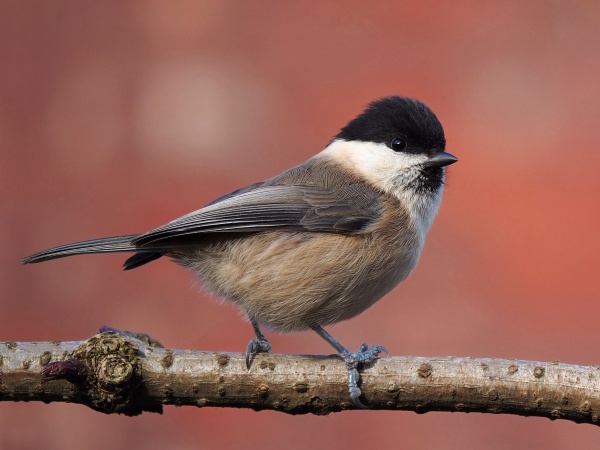Facts About Willow tit
The willow tit is a charming little bird found across Europe and throughout the Palearctic region. It boasts grey-brown feathers with a distinctive black cap and bib, marking it as a true conifer forest enthusiast that generally does not migrate. Classified under the genus Poecile, the willow tit is distinct from its New World chickadee relatives. There are 14 recognized subspecies of the willow tit.
This petite bird measures approximately 11.5 cm in length and weighs around 11 grams. It can be differentiated from the marsh tit by its cap color and some subtle differences in its plumage. Its call is characterized by a distinctive nasal "zee, zee, zee."
In terms of nesting, the willow tit is quite industrious, carving out its own nest holes in rotten stumps or trees. It lines its nest with materials like fur, hair, and feathers. For sustenance, it feeds on insects, caterpillars, and seeds. Unfortunately, it is often preyed upon by the moorhen flea.
The global population of the willow tit is robust, with an estimated 175 to 253 million mature individuals. Although their numbers are gradually declining, the species is still classified as "Least Concern" by the IUCN. However, in the UK, the willow tit faces significant challenges. Habitat loss, competition for nesting sites, and predation by the great spotted woodpecker have led to a noticeable decline in their numbers.

 Ireland
Ireland